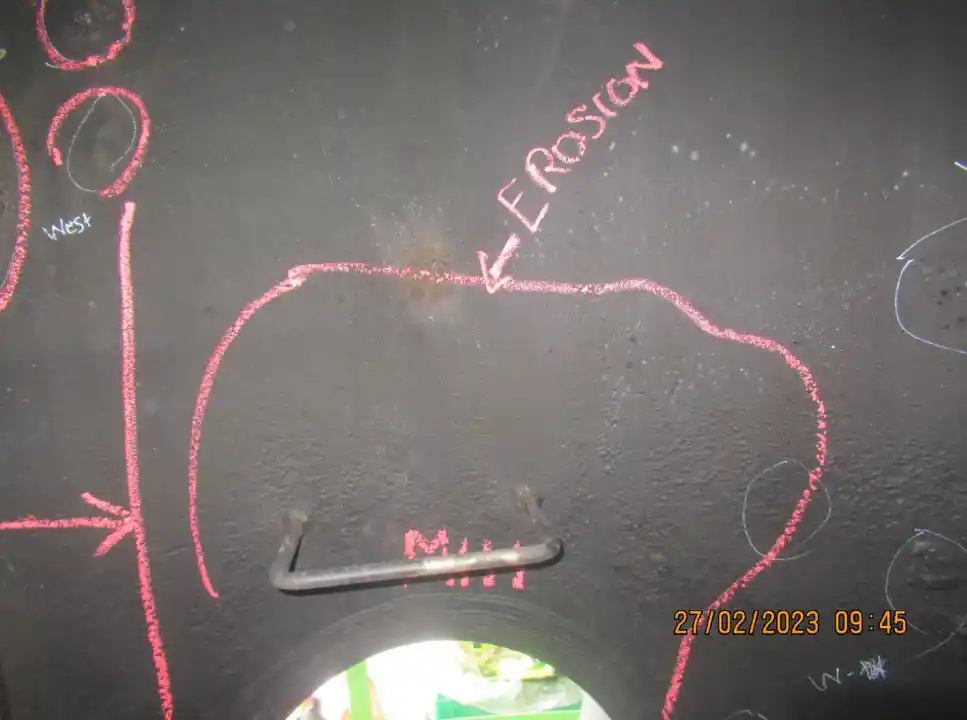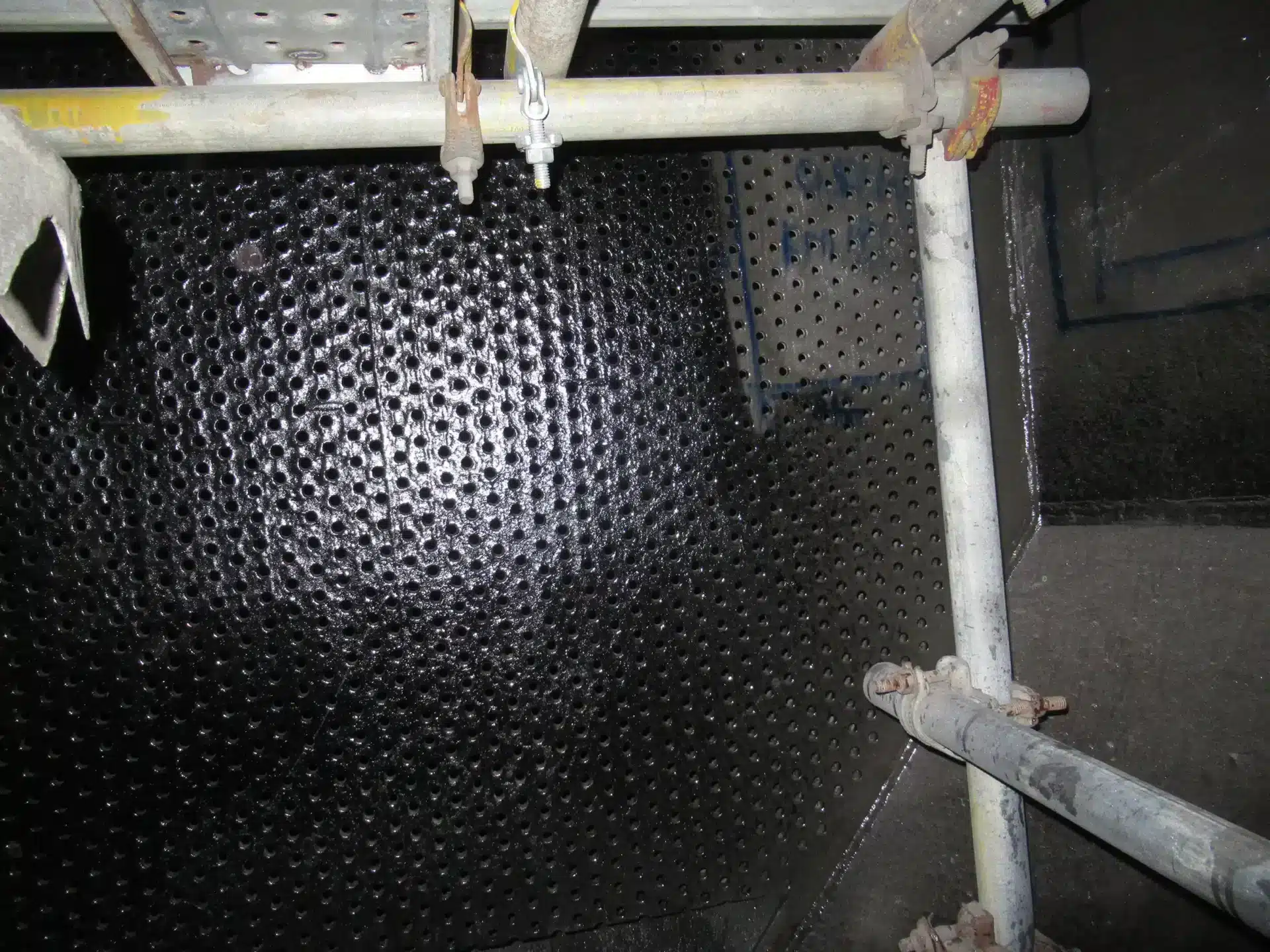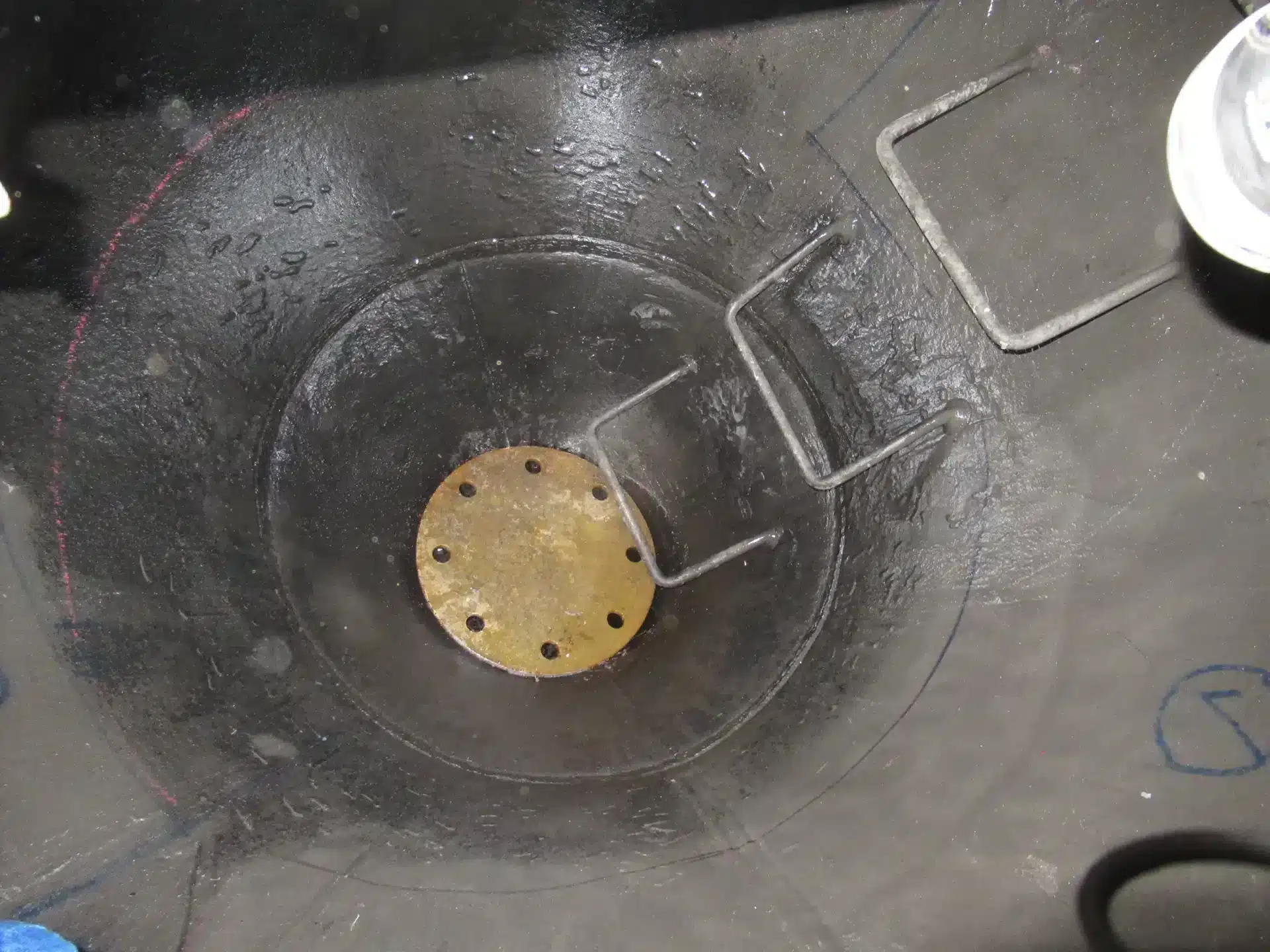Pressure Vessel Corrosion Mitigation in Olefin Production
Introduction: Corrosion in Olefin Production
Corrosion in olefin production has high costs both during operations and turnarounds. Corrosion risks restrict operations; corrosion mitigation processes such as weld overlay reduce plant availability, extending the turnaround critical path with welding, grinding and post-weld heat treatment (PWHT) required. This case study describes one of many cases where IGS helped a client solve its corrosion problem in one short turnaround, eliminating the need for future welding and extending operational flexibility.
Overview
A prominent oil & gas company in South Africa has largely been focused on improving product quality and reducing unit production costs. Pressure vessel corrosion resulted in high repair costs and unplanned downtime.
The client requested IGS to conduct an analysis of its olefin production vessels, a feed surge drum, coolers, a quench tower, a condenser, and a stripper column. The scope included an inspection of the current conditions of the vessel surfaces and a recommendation on fit-for-service surface protection solutions, to reduce repairs and extend the equipment life.

Background
The olefin plant has been experiencing excessive pitting and cracking due to hydrogen-induced corrosion (HIC) and stress corrosion cracking (SCC). Weld overlay repairs of the vessels were a slow and expensive way to return the equipment to service. The plant has been losing millions of dollars in standby costs.
The problem statement below describes the failure mechanisms, effects, and benefits of the IGS solution, as the purpose of cladding inside the vessel is to protect the vessel wall against acid attack, and ultimately, vessel failure.
Table 1: Problem Statement
| Element | Description |
| The problem | – Hydrogen Induced Corrosion
– Stress Corrosion Cracking |
| The effects | – Material wastage/thinning |
| The results of the problem | – Downtime (production losses)
– Loss of efficiency – High repair costs – Frequent replacement and/or maintenance |
| The benefits of a solution | – Reduce the risk of losing efficiency
– Reduce downtime/production losses – Long-term cost saving |
Protecting the Olefin Pressure Vessels During a Turnaround
IGS provided management, personnel, material, and equipment to the plant to perform surface profiling by grit blasting all areas to be cladded to standards SSPC-SP5 and ASTM-D4417a.
In 2017, IGS applied IGS HVTS alloy cladding to a total area of 129 m2.
All work was performed on a 24-hour basis (day and night shifts).
- PG Compressor 2nd Stage Cooler Tubesheet – 3m2
- O2 Removal Reactor Effluent Cooler Tubesheet – 3m2
- Feed Surge Drum (Weld Seems, Nozzles, Manways & Bootlegs – Bottom Half) – 20m2
- Oily Water Stripper BTMS Cooler Tubesheet – 1m2
- Quench Tower Overhead Condenser Tubesheet – 3.5m2
- Quench Tower Overhead Condenser Tubesheets – 6m2
- Oily Water Stripper Column (Manway) – 1.5m2
- Quench Tower – 66m2
- Water Wash Column – 25m2


Post-Application Inspection
In 2021, four years after the HVTS application, the client inspected the cladding with the IGS team and 100% of the cladding was found to be in good condition with no indication of cladding thickness loss, which resulted in no additional repairs required in the vessels.
Commercial Benefit Analysis
The client not only achieved a reduced maintenance cost across its 2017 and 2021 turnarounds, but also increased profit by reducing critical path days on the scheduled 2021 shutdown and increasing production days. The critical path schedule at the olefin production plant was reduced from 36 to 25 days.
Conclusion
Metal wastage in the pressure vessels of olefin production leads to expensive downtime and costly repairs. With the application of reliable on-site high alloy upgrade, IGS supported the client in achieving extended run times, increased reliability, longer service life, and greater return on investment.
How does HVTS prevent corrosion in process vessels?
Related Case Studies:
- Ethylene Quench Tower Corrosion Mitigation Saves $1.8Mil
- Cracker Quench Column Corrosion Stopped with IGS HVTS Cladding
- A Short-term Saving has a Long-term Cost!
- Column Shell Corrosion Protection Verified
- HVTS Prevents Corrosion Attack in a Regenerator Column at LNG Plant
- Severe Amine Column Corrosion Permanently Frozen
Free consultation with an IGS Subject Matter Expert
IGS is here to provide information, answer questions and create an effective solution for your needs.

